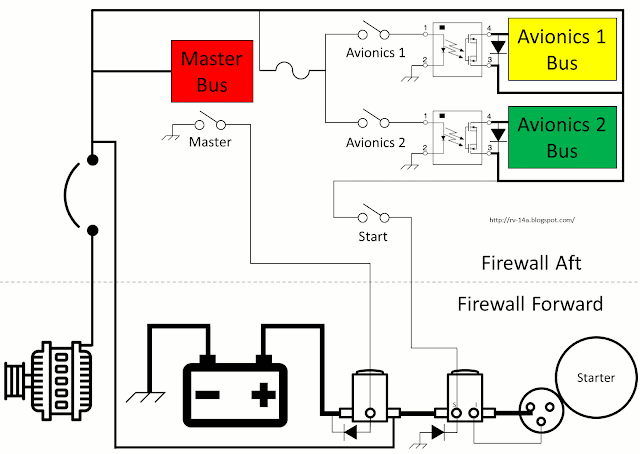With 87.5 hours on the airframe following eleven months from the first flight, the first annual inspection was completed over the course of four days. For the occasion I created a detailed checklist (using Tim Olson's N14YT checklist as a starting point). My inspection checklist can be found below and on my page with my POH, flight checklist and flight test cards. Be sure to customize the checklist to your own aircraft, should you choose to use it.
There were no findings of particular concern. Here are the findings of interest:
There were no findings of particular concern. Here are the findings of interest:
- The oil filler neck was loose. The safety wire prevented it from working completely out.
- The fuel injectors showed stains from leaking fuel. An investigation into the cause revealed that this is normal because the injectors take in ambient air to atomize the fuel (if air can go in, it can go out). Image of injector #2. Fuel stains visible.
- The FF-00076 Sniffle Line Bracket continues to break (as first identified during an oil change). A closer inspection shows that it simply melted (pure Al melts at 1,221 °F which is below the 1,500+ °F EGT) as shown in right image.
I replaced it with a steel bracket which I fabricated from 4130 stock.
- Apparently I neglected to grease the nosewheel bearings when I installed the wheels back in Feb-16! However, remarkably there was no indication of wear of any kind. I'll take that as evidence of excellent technique in keeping the nosewheel up as long as possible on takeoff and landing. :)
- The nosewheel pull out force was at 12 pounds (per page 40A-07, it is supposed to be 26 pounds, as I set it back in Feb-16). I have never experienced shimmy. Upon greasing the nose wheel fork, I could only get either 17 or 42 pounds of breakout force (due to cotter pin alignment). I settled for 17 given that I had no shimmy at 12. I don't recall, nor did I document, which grease I originally used during construction. For this round, I used Aeroshell #6. For the next round, I'll use a thicker grease.













